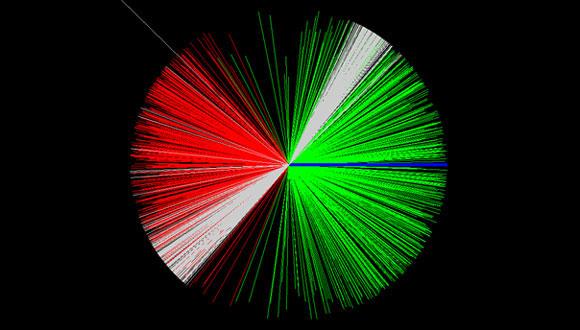Join Seminar in Nuclear Physics
A. I. Milstein, G.I. Budker Institute of Nuclear Physics, Novosibirsk, Russia
Michal Brandis, NRC Soreq
First talk at 14:45:
Charge asymmetry in high-energy e+e− photoproduction in the field of a heavy atom?
Quasiclassical approximation is the most powerful method to investigate high-energy processes in the strong external fields outside of perturbation theory with respect to these fields. This method is applicable if the angles between initial and final particles are small. In my talk I explain how the quasi classical approximation works, what is the structure of quasi classical wave functions obtained in the leading and next-to-leading approximation for the case of arbitrary localized potential. The first quasi classical correction leads to the charge asymmetry in elastic scattering, in the spectrum of bremsstrahlung, and in e+e- photoproduction cross section. The latter case is considered in detail. I demonstrate that the contribution of high order terms with respect to the atomic electric field drastically changes the results obtained in the lowest Born approximation. This is why all calculations were performed with respect to atomic field. It will be shown that observation of the charge asymmetry in e+e- photoproduction is a realistic task.
Second talk at 16:15:
Development of a gamma ray detector for Z-selective radiographic imaging
In this work, a method for Special Nuclear Materials (SNM) detection called Dual-Discrete Energy Gamma Radiography (DDEGR) is proposed and discussed. The main task was the development of a suitable detector and using it in a DDEGR laboratory prototype. This imaging detector also measures gamma energy and separates gamma-rays from neutrons with Time-Of-Flight (TOF) technique.
The feasibility of DDEGR was inspected further by an experimental measurement of the gamma and neutron yields from the proposed the 11B(d,g+n)12C nuclear reaction source and by simulations of the system.
Combining DDEGR with Fast Neutron Resonance Radiography (FNRR), a method for explosive detection, allows answering both main civil security threats in a single inspection system. The detector developed for the DDEGR inspection system was modified to fit the combined DDEGR/FNRR system.
This second generation detector can detect gamma-rays and neutrons simultaneously, separating them to create particle-specific images and energy-specific images for each particle, allowing simultaneous implementation of the two detection methods


